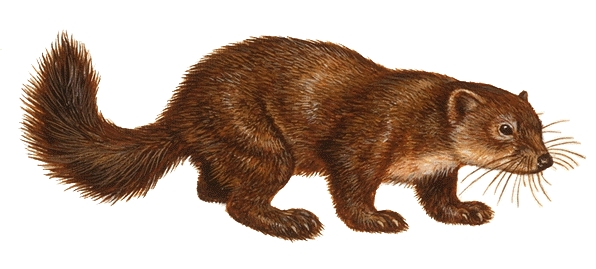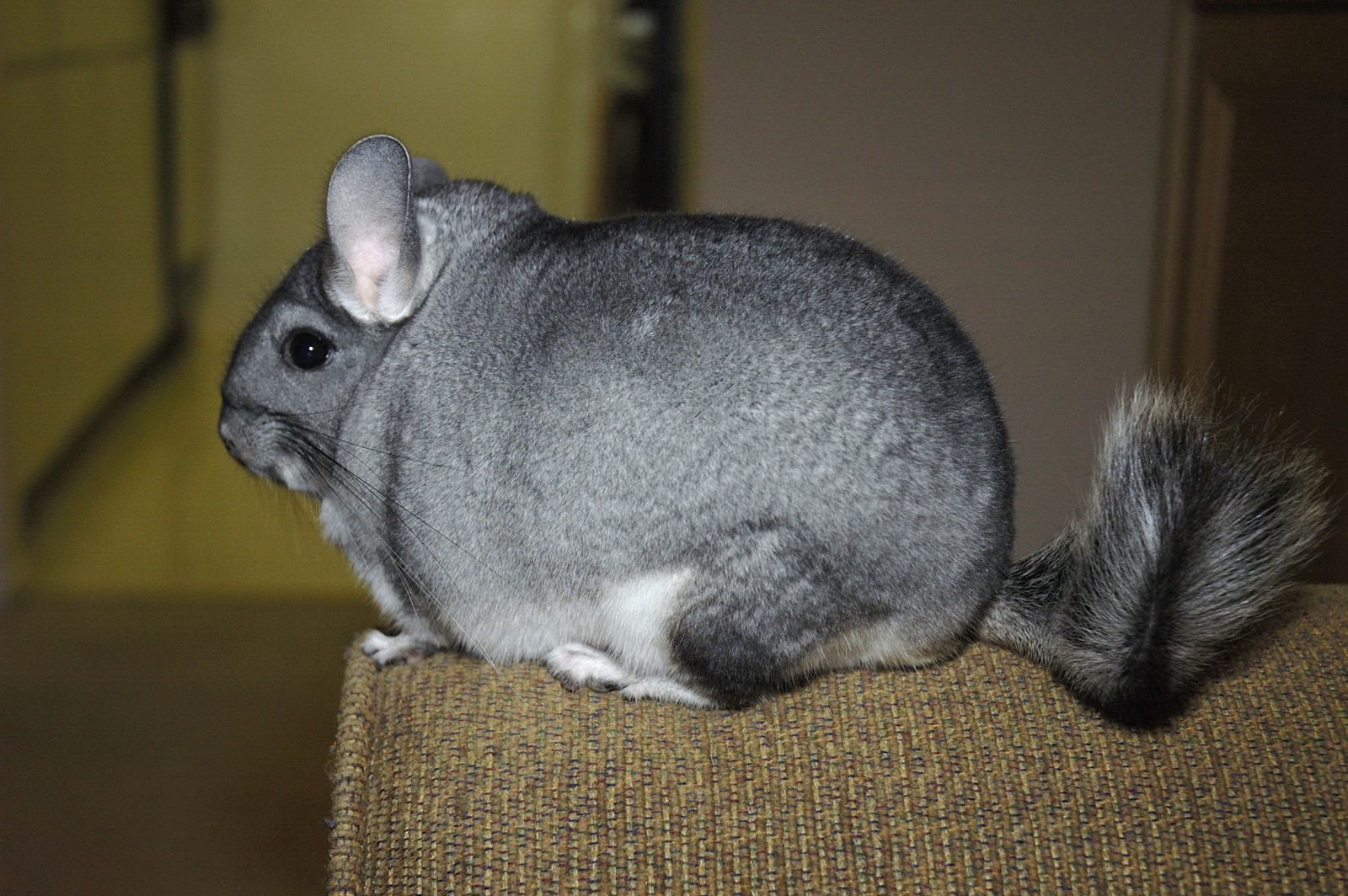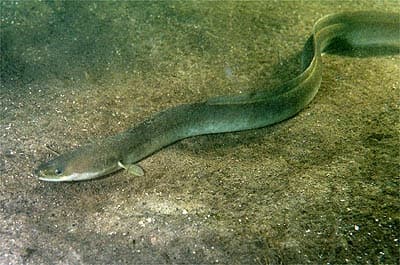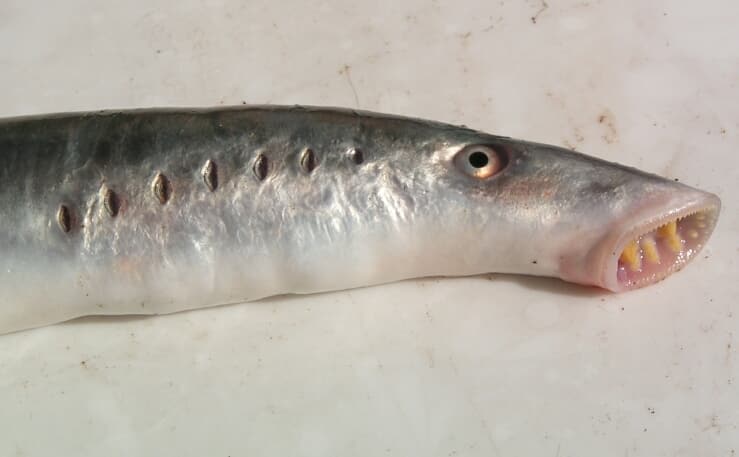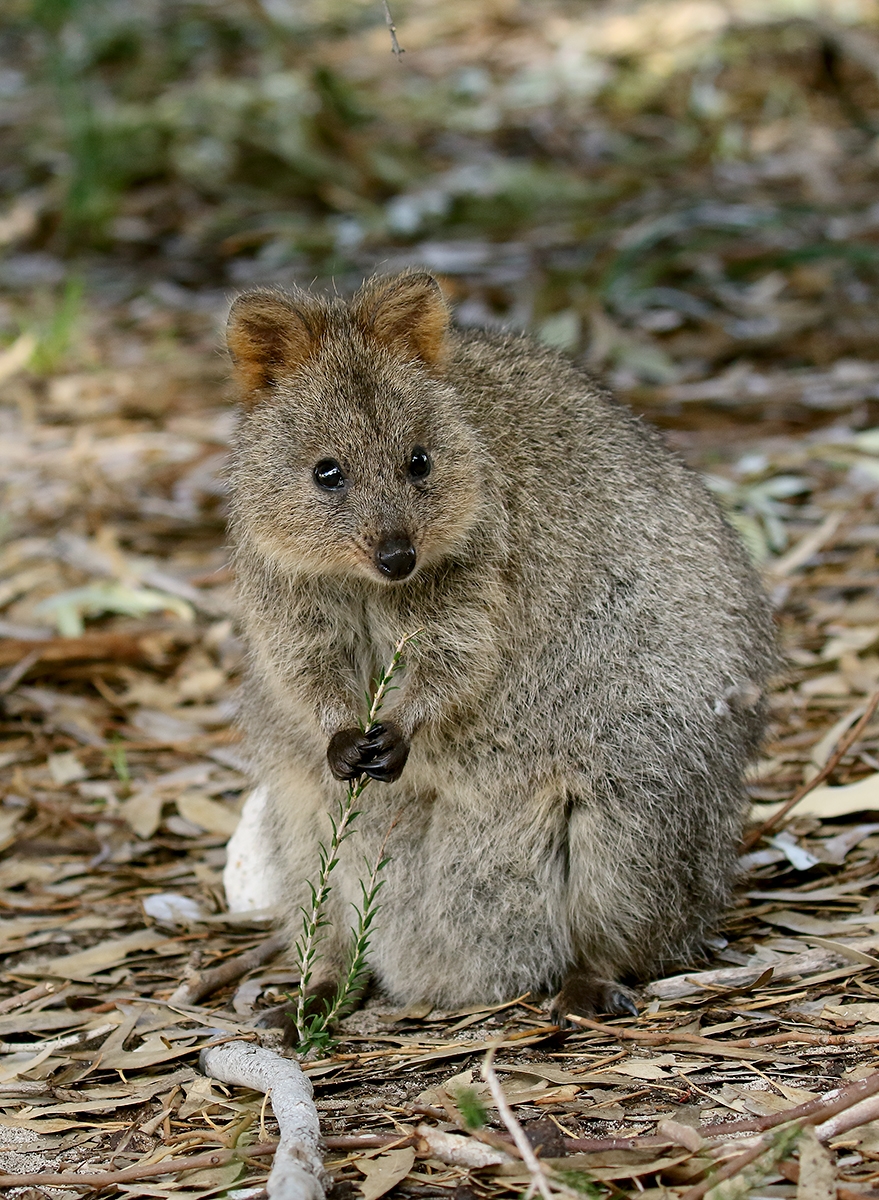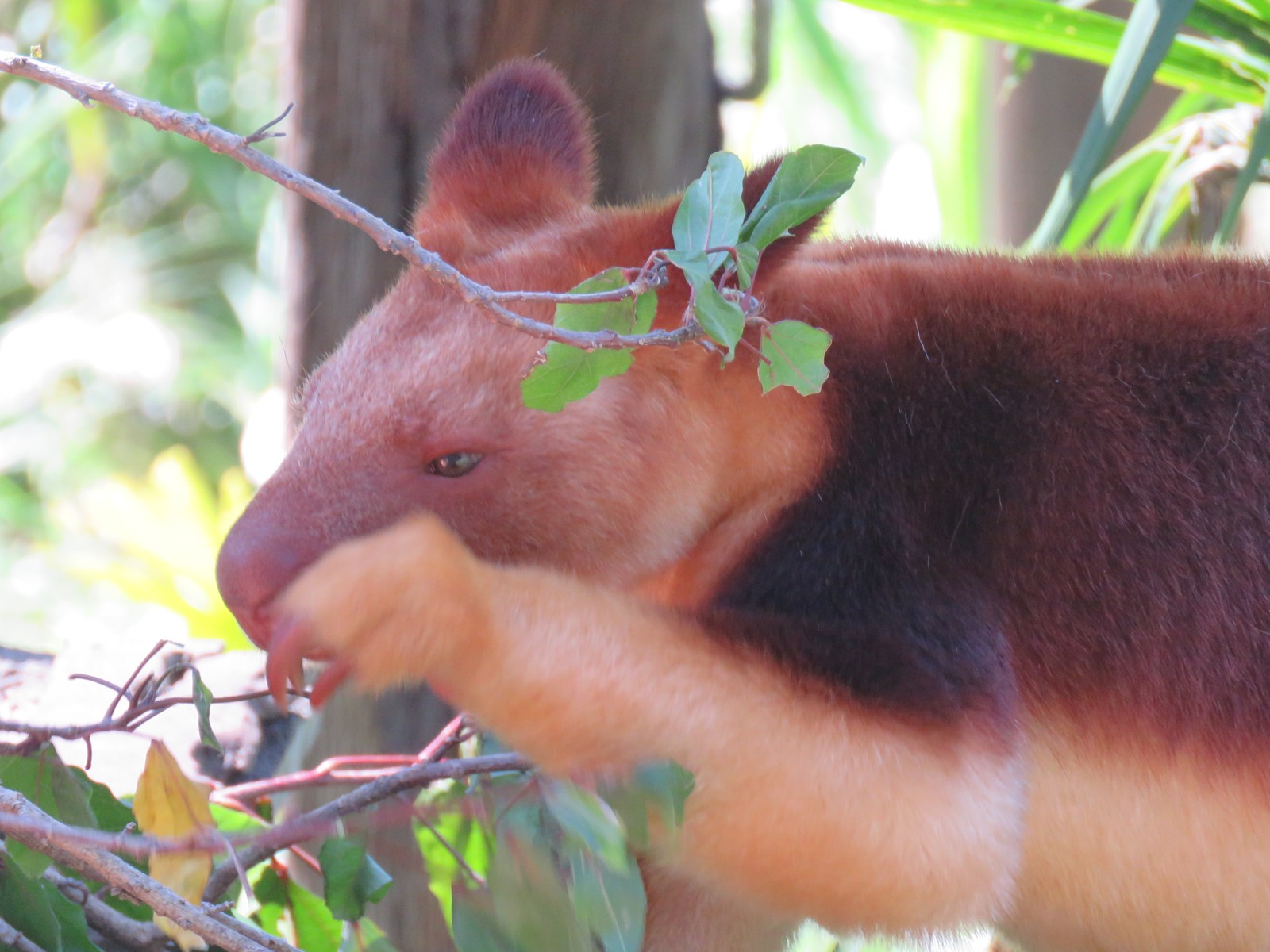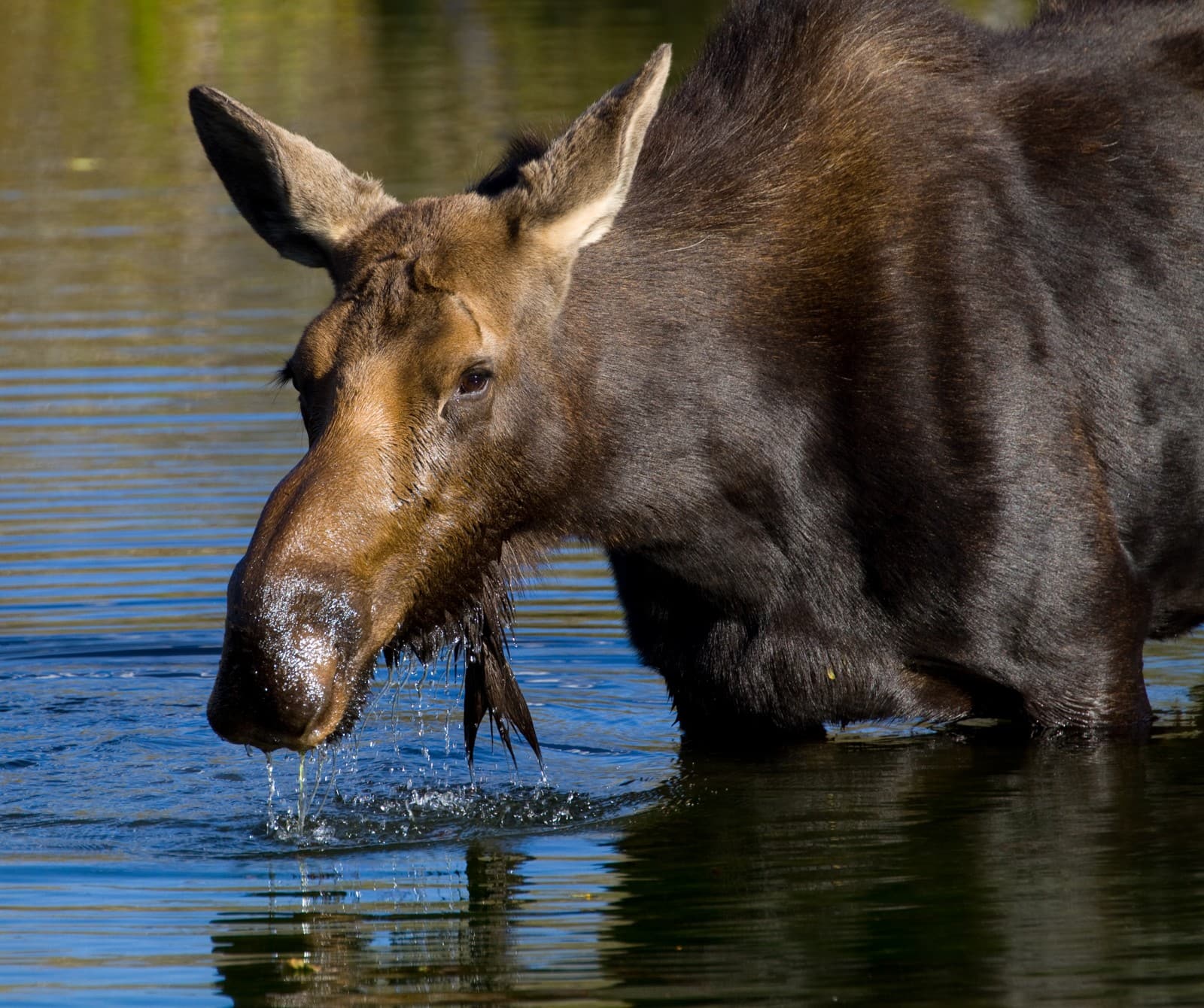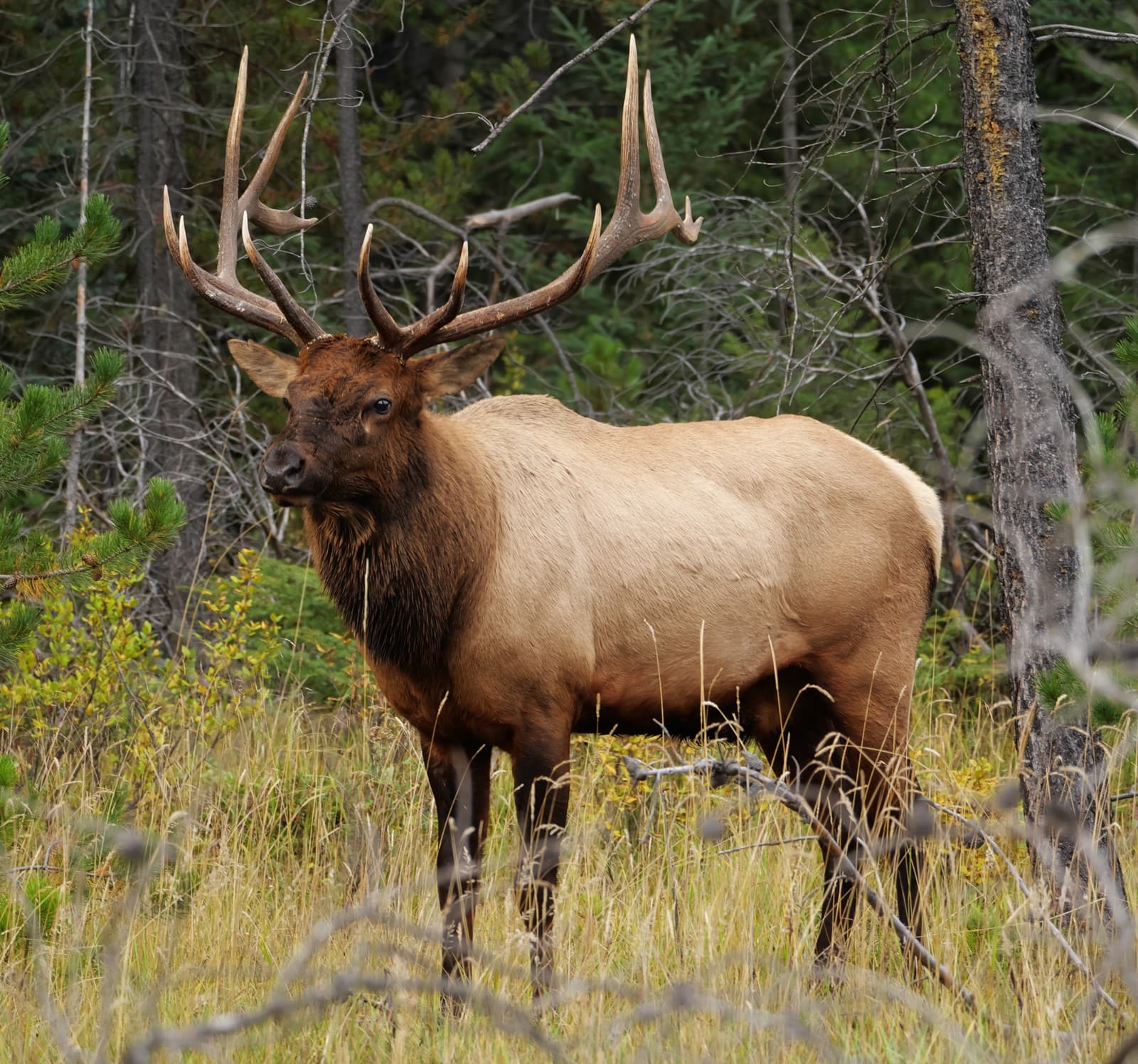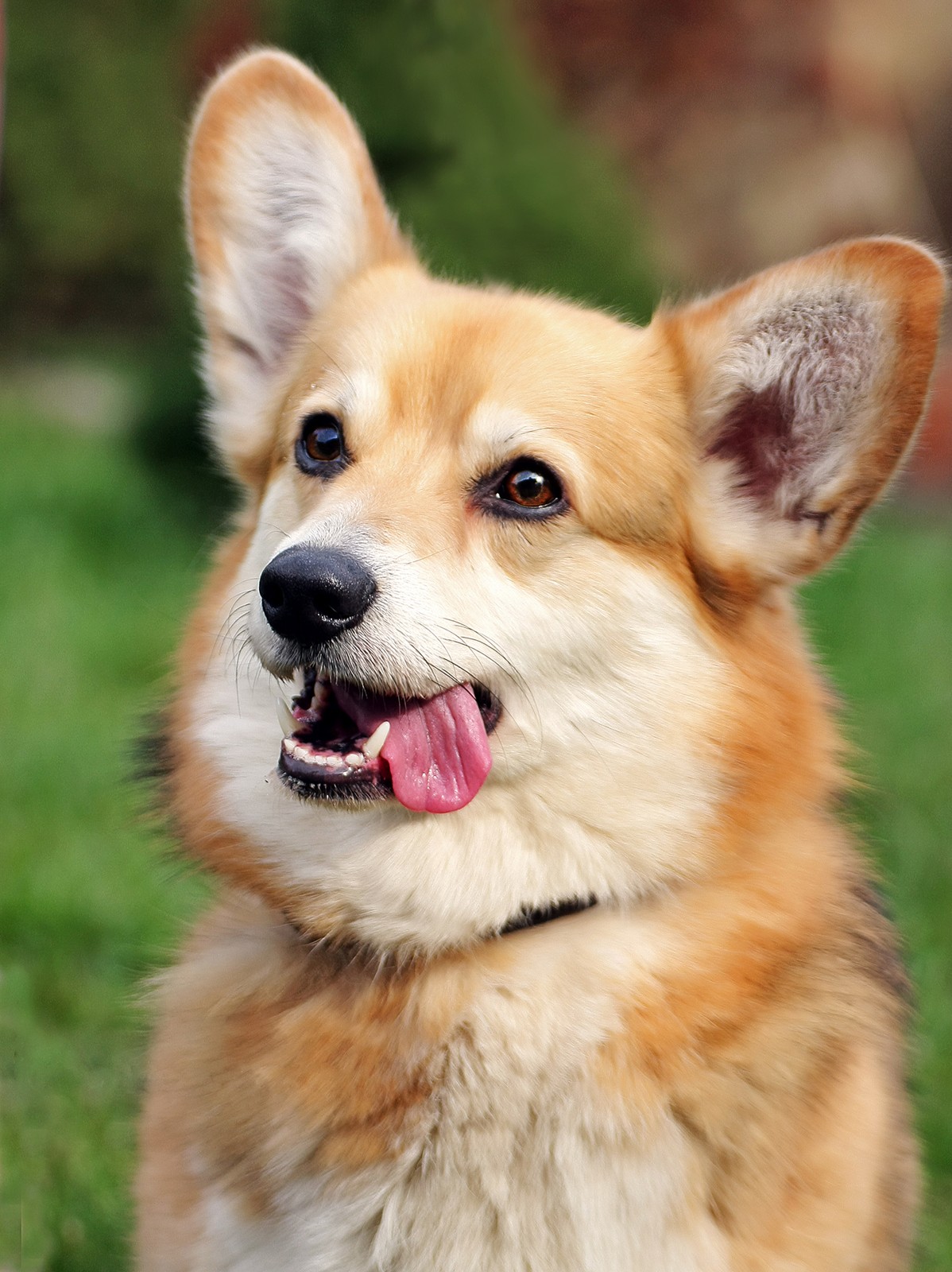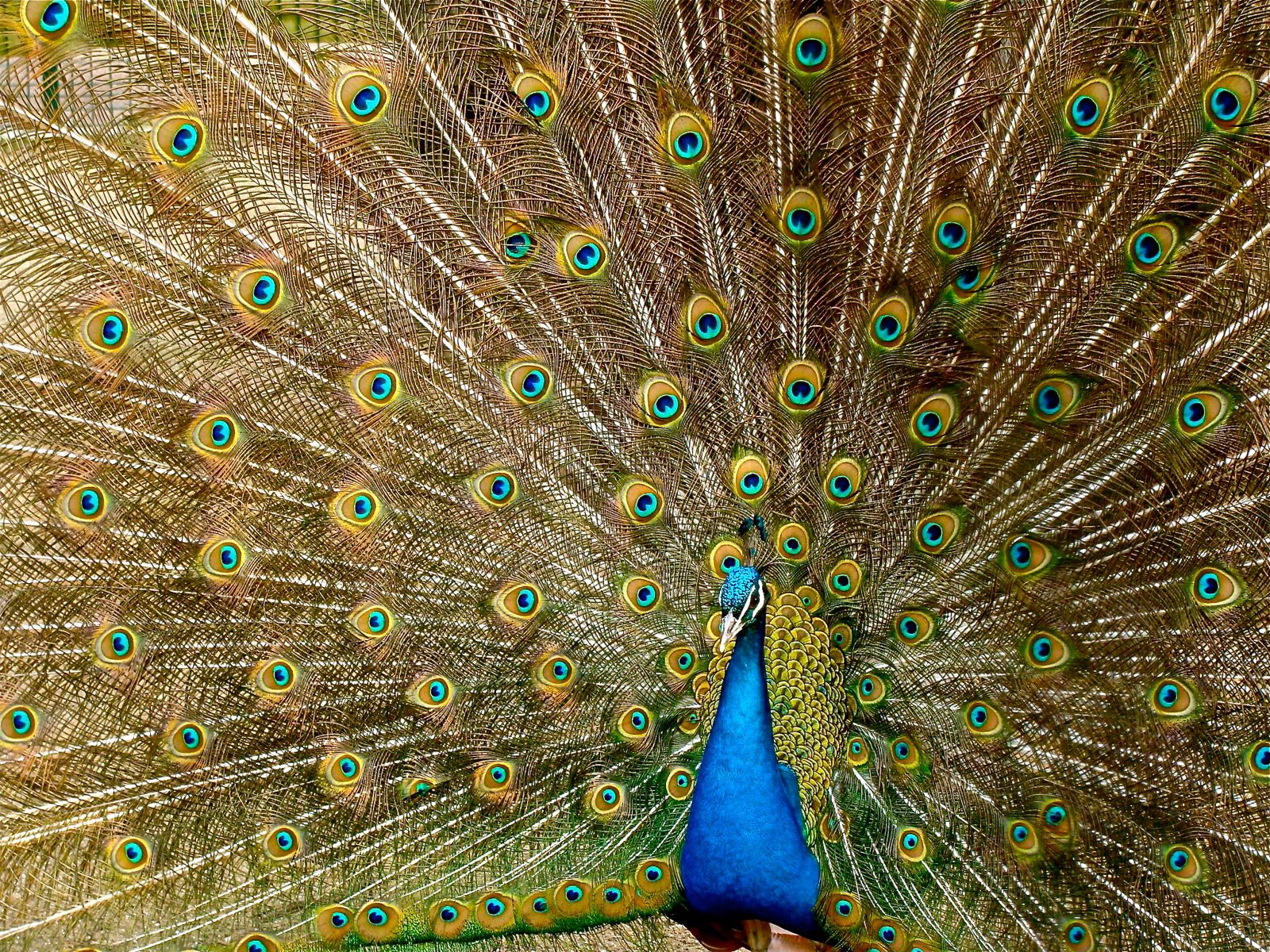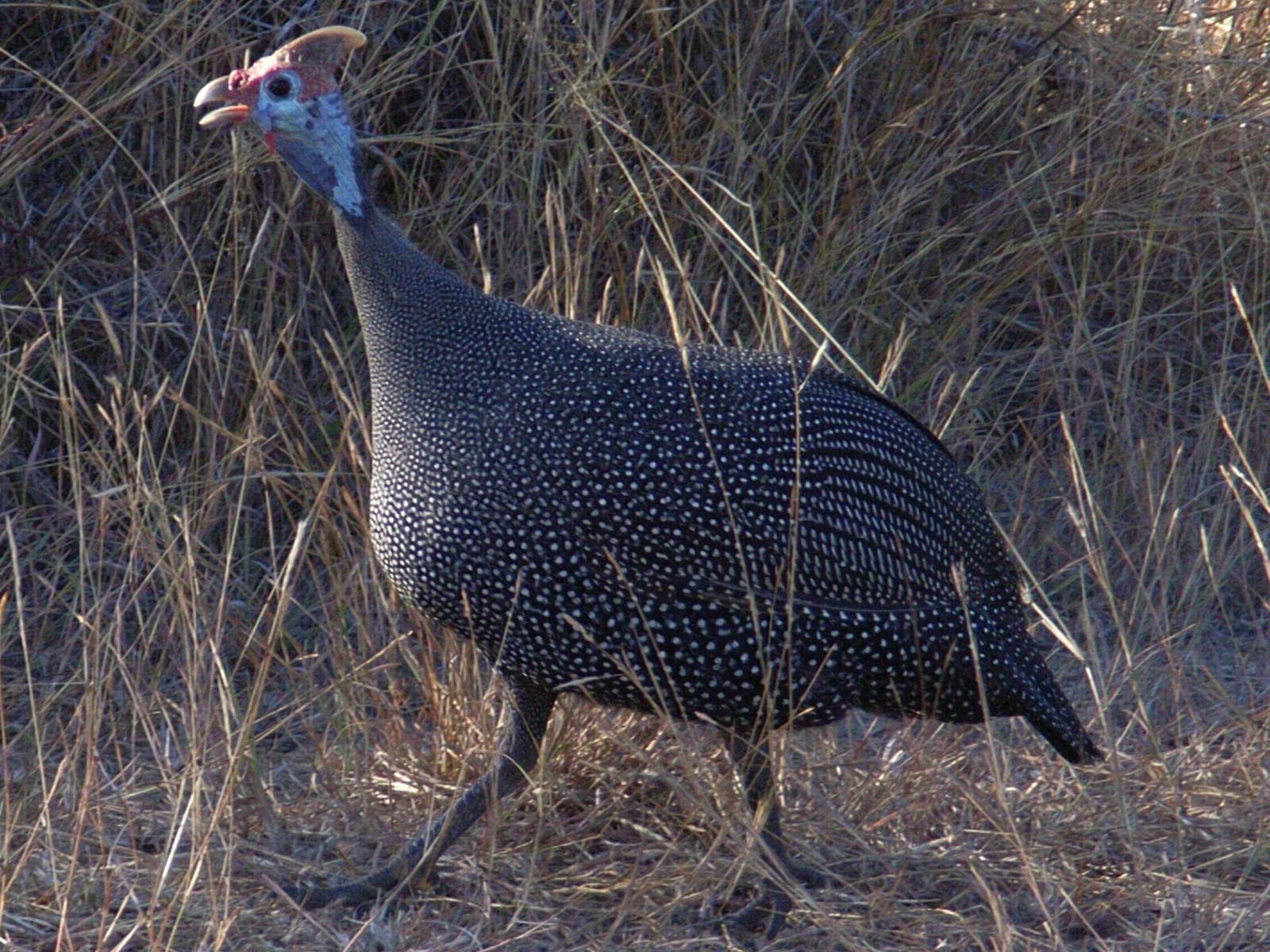Degu vs Chinchilla: A Complete Comparison
When comparing Degu vs Chinchilla as potential pets, these charismatic rodents share some similarities but display distinct differences in size, care requirements, and personality. Degus typically weigh 7-10 ounces (200-300g), while Chinchillas are notably larger at 1-1.5 pounds (400-600g). Chinchillas also boast significantly longer lifespans, often reaching 15-20 years compared to the Degu’s 5-8 years in captivity.
These South American natives evolved in different ecological niches, resulting in unique adaptations and care requirements. While both animals are social and intelligent, they differ substantially in their daily routines, dietary needs, and environmental preferences.
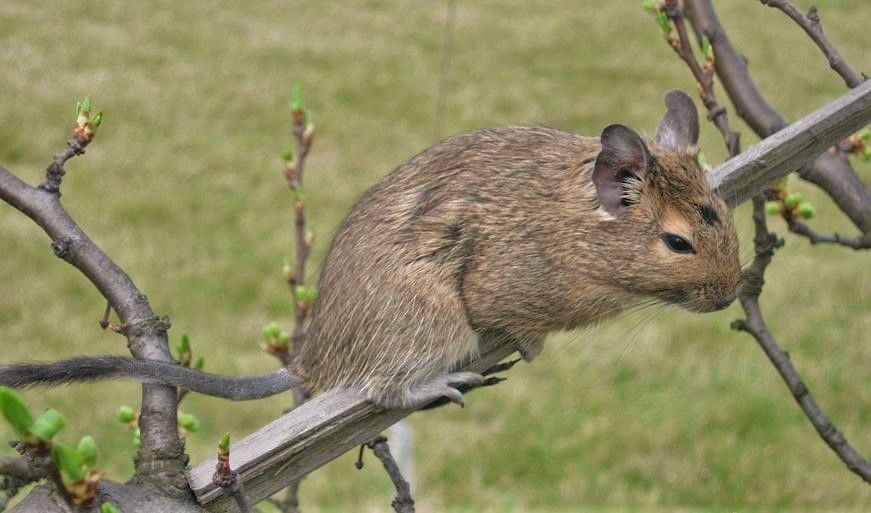
© Jacek555 / CC BY-SA 4.0
The Degu, native to Chilean scrublands, exhibits remarkable agility and social intelligence. These diurnal rodents are known for their exceptional climbing abilities and complex social hierarchies in both wild and captive settings.
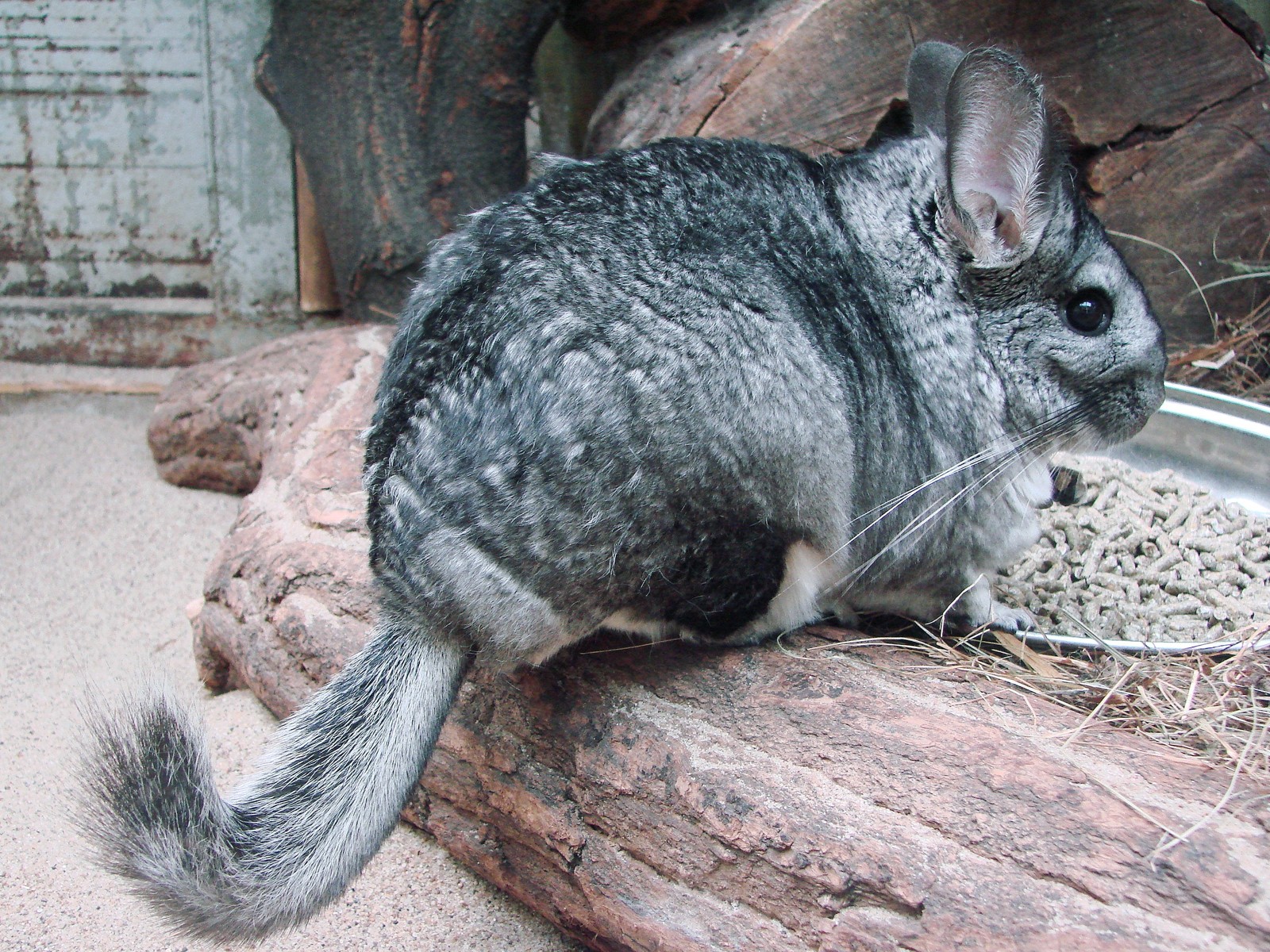
© Guérin Nicolas (messages) / CC BY-SA 3.0
Chinchillas, with their distinctive dense fur and crepuscular nature, have evolved to thrive in the high-altitude Andes Mountains. Their plush coat requires specific care and dust baths to maintain optimal condition.
Key Differences Between Degus and Chinchillas
| Feature | Degu | Chinchilla |
|---|---|---|
| Size | 7-10 oz (200-300g) | 1-1.5 lbs (400-600g) |
| Lifespan | 5-8 years | 15-20 years |
| Activity Pattern | Diurnal | Crepuscular |
| Coat Type | Short, coarse | Dense, ultra-soft |
| Temperature Needs | 65-75°F (18-24°C) | 60-70°F (15-21°C) |
| Social Requirements | Highly social, needs companions | Social but can live alone |
Habitat and Care Requirements
Degus require spacious cages with plenty of climbing opportunities, maintaining temperatures between 65-75°F (18-24°C). Their enclosures should measure at least 24x18x24 inches (61x46x61 cm) for a pair. These active rodents need various toys, branches, and wheels for exercise and mental stimulation.
Chinchillas demand larger habitats, preferably multi-level cages measuring 36x24x24 inches (91x61x61 cm) minimum. They’re sensitive to heat and require cooler environments between 60-70°F (15-21°C). Daily dust baths are essential for maintaining their distinctive coat.
Personality and Social Behavior
Degu Temperament
- Highly social and interactive
- Active during daylight hours
- Form strong bonds with cage mates
- Can become quite tame with regular handling
- Vocalize frequently to communicate
Chinchilla Temperament
- Generally gentle and calm
- Most active at dawn and dusk
- Can be shy initially but warm up with patience
- Less vocal than degus
- More independent personality
Diet and Nutrition
Degus require a specialized diet low in sugar due to their susceptibility to diabetes. Their primary diet consists of:
- Timothy hay (unlimited access)
- Degu-specific pellets
- Limited amounts of vegetables
- No fruits or sugary treats
Chinchillas need a simpler diet focused on:
- High-quality timothy hay (80% of diet)
- Chinchilla-specific pellets
- Very limited treats
- Fresh, clean water daily
Health Considerations
Both species have specific health concerns that potential owners should understand:
Degu Health Watch
- Diabetes risk
- Dental problems
- Tail loss through improper handling
- Obesity in captivity
- Heat sensitivity
Chinchilla Health Watch
- Dental issues
- Heat stroke risk
- Fur slip under stress
- Respiratory infections
- Gastrointestinal stasis
Making the Choice: Degu or Chinchilla?
Consider these factors when choosing between a degu and chinchilla:
- Time Commitment
- Degus: 5-8 year commitment
- Chinchillas: 15-20 year commitment
- Activity Schedule
- Degus: Active during your daytime hours
- Chinchillas: Most active early morning and evening
- Social Requirements
- Degus: Must be kept in pairs or groups
- Chinchillas: Can live alone but prefer companions
- Space Requirements
- Degus: Moderate space needs
- Chinchillas: Larger habitat requirements
- Cost Considerations
- Degus: Generally lower initial and maintenance costs
- Chinchillas: Higher initial investment, specialized care needs
Choose a degu if you want an active, social pet that’s awake during the day and requires a moderate time commitment. Opt for a chinchilla if you prefer a longer-lived, gentler pet that’s active during twilight hours and can thrive with more independent care routines.
